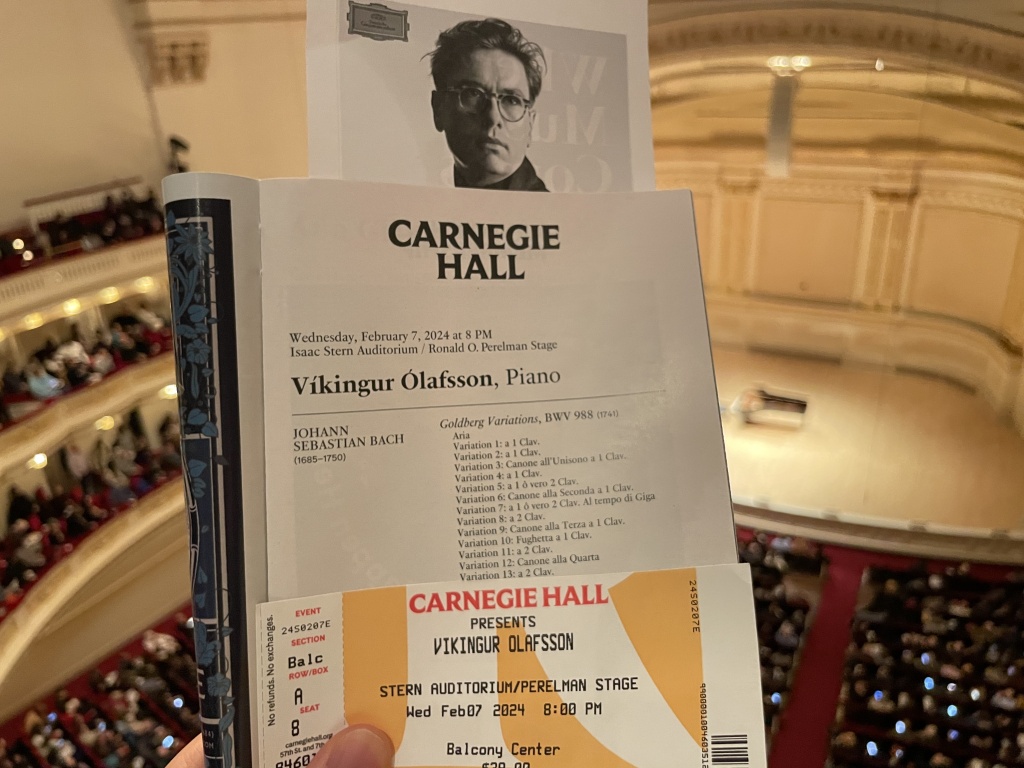Bill Bryson, A Short History of Nearly Everything (New York: Broadway Books, 2003)
[IN A NUTSHELL]
The journey from cosmic birth to human emergence that unveils the human place and meaning in the vast history of the Universe
With Bill Bryson known for his unique humor and satire, I didn’t have high expectations for the content of the book and even postponed reading it several times, opting for other books instead. However, my expectations were completely surpassed. This book, nearly 500 pages in B5 format, spanning 30 chapters in its English original, unfolds a meticulous presentation of nearly everything’s history, just as the title suggests, supported by solid research materials.
The author delves into nearly every field of science to explain the history of nearly everything, leading readers into a feast of ‘ologies’ and ‘isms’ in each chapter: cosmology (Big Bang theory, multiverse theory, string theory), physics (classical mechanics, electromagnetism, relativity theory, quantum mechanics), geology, climatology, chemistry, evolutionary biology, molecular biology, genetics, phylogenetics, archaeology, zoology, and so on.
The reason why one should read this book is clear. No one can unravel the vast history from the birth of the universe to the emergence of humanity as easily, accurately, and, most importantly, entertainingly as Bill Bryson does.
Of course, since the book contains scientific achievements up until the author’s writing in 2003, readers who approach this book as specialists may be disappointed, given that it was published over 20 years ago. Like in other fields, scientific knowledge can quickly become outdated, especially in the rapidly evolving era of science and technology. Therefore, readers may prefer to read freshly published scientific literature in today’s fast-paced world of advancements.
However, the reason why one should read this book is clear. No one can unravel the vast history from the birth of the universe to the emergence of humanity as easily, accurately, and, most importantly, entertainingly as Bill Bryson does. This, in my opinion, is the greatest advantage of this book. The introduction of various famous theories, which can be quite perplexing to the general reader, is presented in a straightforward manner without distortion, a point that even specialists would appreciate (though it’s obvious that in order to “really” understand the latest physics theories, one must sit down and study mathematics).
I encountered sentences that made me laugh every few pages, and I was very happy about it, wrote them down, and envied his talent.
Furthermore, this book boasts an astonishingly good readability. As the author states in the preface, writing a science book that is accessible to the general public has been the author’s lifelong dream. As a child, the boring and difficult textbooks reduced the author’s interest in science (and therefore successfully reduced the author’s grades), but it did not completely reduce the spark of interest. With a deep-seated desire to understand the universe and humanity, a wish held like a lifelong homework assignment, the author meticulously crafted this book with dedication. This involved extensive research, interviews, and on-site investigations, all presented in a way that ordinary readers can easily grasp.
Despite the author’s occasional seriousness, his unique sense of humor made this hefty book much more enjoyable to read. While the author strives to maintain a somewhat solemn tone compared to his other essays, he effortlessly showcases his remarkable sense of humor without reservation. He possesses an amazing talent for making readers laugh without going overboard, using themes like human ignorance, quirks, limitations, the vastness and wonder of nature, and the complexity of situations. In fact, I encountered sentences that made me laugh every few pages, and I was very happy about it, wrote them down, and envied his talent.
Now, I must say a couple of things that I am disappointed about. While the author delves into the vast expanse of the universe in this book, from its birth to the emergence of life on Earth and the appearance of human beings, they fail to demonstrate their deep reflection on the meaning of human existence. Although the author shares their literary sensibility through personal reflections on scientific discoveries in each chapter, it feels somewhat superficial and lacking in depth. As someone who expected a more profound contemplation from a renowned author who has conducted grand research and writing, this aspect leaves much to be desired. If only the author had included a chapter on topics like religion, ethics, or the meaning of life, the satisfaction level would have been much higher.
The combination of serious content, solid scientific evidence, accessibility, and humor. These elements are well blended in Bryson’s A Short History of Nearly Everything, ultimately aiming to explore the meaning of human existence from the perspective of cosmic origins and evolutionary biology.
Another disappointing aspect is that this book does not cover present-day and future humans. In other words, the book relies solely on natural sciences to discuss the history of the universe and humanity and does not deal with the history of human civilization, which falls under social sciences (economics, politics, culture, religion, etc.). The author only explores the emergence of our species (Homo sapiens) and does not mention the subsequent development of humans in terms of civilization, culture, art, and religion. Furthermore, personally, I was hoping to hear about issues related to our future from this excellent writer, such as artificial intelligence and space exploration. However, since the title of the book is “History,” I cannot blame the author for not fulfilling this obligation.”
Interestingly enough, Yuval Noah Harari’s book Sapiens starts precisely from the emergence of our Homo sapiens in Earth’s history and delves deeply into the future of sapiens as well. It almost feels as if these two books were published as the first and second volumes of a series, covering different aspects comprehensively. Of course, Sapiens, dealing with the future, provides us with more food for thought.”
The combination of serious content, solid scientific evidence, accessibility, and humor. These elements are well blended in Bryson’s A Short History of Nearly Everything, ultimately aiming to explore the meaning of human existence from the perspective of cosmic origins and evolutionary biology.
According to Bryson, humans are not here by inevitability. We are the product of an endless series of coincidences. Our lives have no inherent value, purpose, or meaning. From a cosmic perspective, humans are virtually nothing, and from the perspective of Earth, we are parasites. The emergence and extinction of a species are natural and repetitive processes in the 4.5 billion years of Earth’s history and 3.8 billion years of life history. Furthermore, the short lifespan of an individual human is simply ephemeral. Eastern religious and philosophical traditions have already realized this, and even some Western nursery rhymes reflect this insight.
Row, row, row your boat gently down the stream.
Merrily, merrily, merrily, merrily. Life is but a dream.
I want to tell it like this. Our lives are like small sailboats. We ride that sailboat along a vast river without even knowing the whither, drifting aimlessly. That vast river is the universe. Like other fellow creatures, we can only follow the irresistible, vast, and ruthless flow of the universe. However, we don’t need to panic in the face of the randomness and transience of our lives. We also don’t need to be sad looking at the vast universe that is completely indifferent to its offspring. Unlike other life forms, we humans can “merrily” row the oars.
Only when we begin the exploration to find them, do they emerge fragmentarily and momentarily in the journey of our exploration. In other words, meaning exists only through and as a process of self-exploration.
We are meaning-making creatures, while there is no inherent value, purpose, or meaning in life itself. They are not found within us or outside of us, nor are they given to us by some divine entity. Only when we begin the exploration to find them, do they emerge fragmentarily and momentarily in the journey of our exploration. In other words, meaning exists only through and as a process of self-exploration. We can merrily attribute meaning to our dream-like lives.”
Rilke once said that there is only one journey in this world, and that is the journey towards one’s own inner self. This can be seen as a poetic expression of Feuerbach’s famous dictum, “Theology is anthropology.” I believe that art, philosophy, theology, and religious studies are all forms of anthropology carried out in the name of beauty, truth, and the divine. In this sense, the dictum means that all our inquiries are ultimately journeys to discover ourselves. And discovery is actualization. (In the English word self-realization, the verb realize has the meanings of “to discover” and “to actualize” at the same time.) At the end of all inquiry, one finds and thus fulfills oneself (and not God or any other divine or noble things), which is called self-realization, and only through which one finds meaning. Then, we come to realize that chance and necessity are ultimately the same, that freedom and destiny are essentially indistinguishable, and that God and I were one from the beginning.
Continue reading “The Whence of Being and Meaning (Bill Bryson, A Short History of Nearly Everything)”





